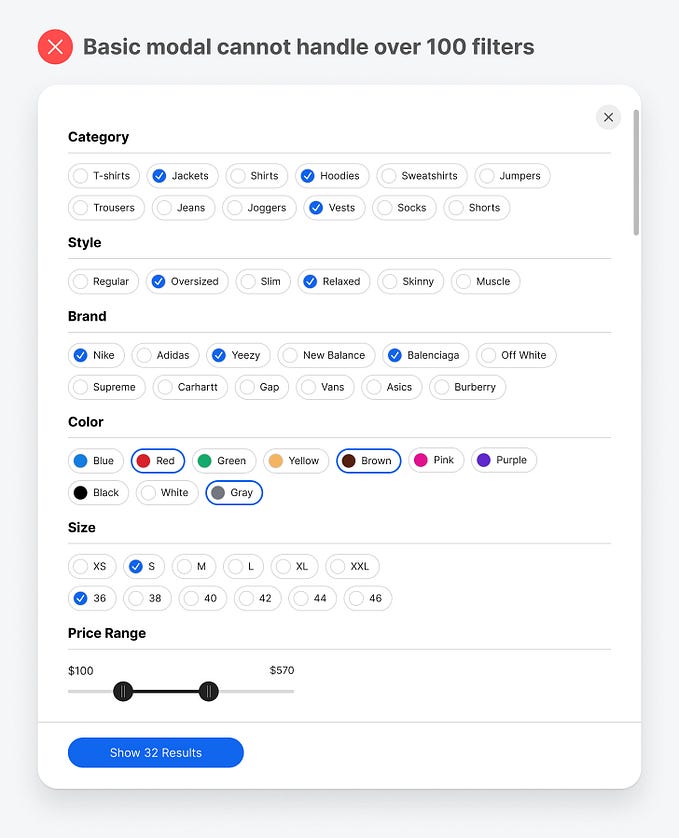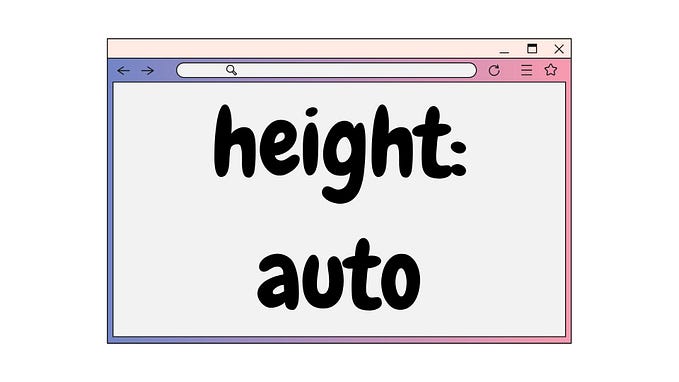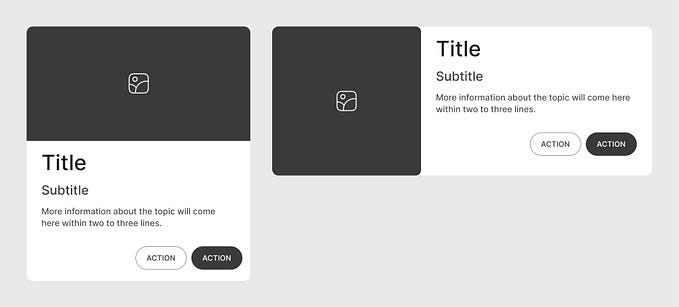Member-only story
Disabled Controls
Never, ever disable buttons — Requirements for an accessible solution
In a previous article, I discussed the problems with disabling buttons.
Namely, that disabled buttons:
- Are inaccessible for assistive technology (AT) users
- Do not communicate why the button is disabled
- Incorrectly assume the user understands that the button is disabled and why
- Do not sufficiently communicate to the user what they must do to enable the button
When I started writing this article, it included possible alternatives along with what you’ll read below, but it became too long. So, I’ll have to save the actual alternatives for a future submission (my sincere apologies — I’m wordy; it’s a problem).
Hopefully, once we go over the requirements, you’ll likely be able to infer an alternative yourself. The clues are all there.
Contents
The reason behind a disabled button
We’ll go over why a developer would want to disable a button in the first place. This will give us our first requirement.








